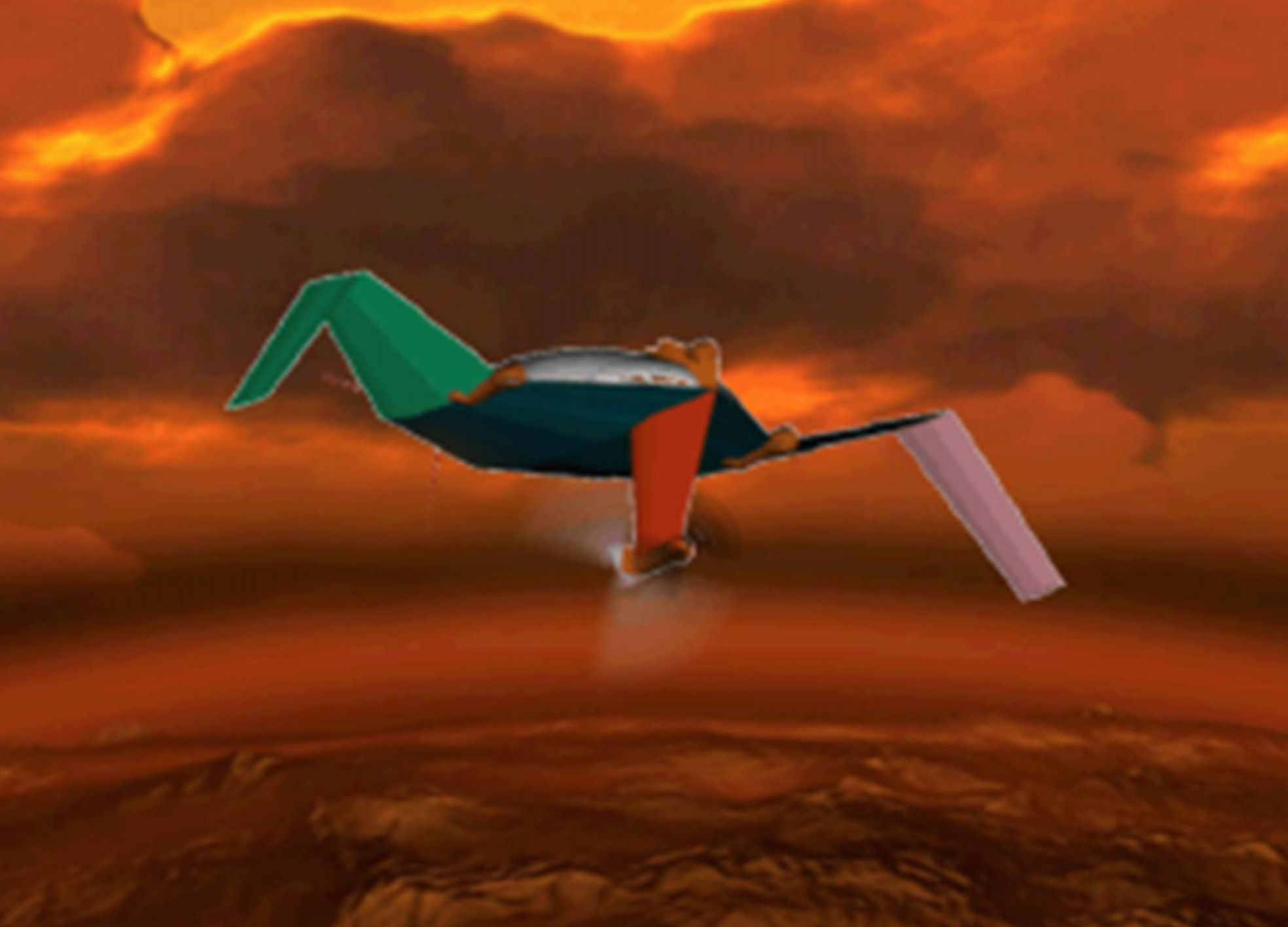Eldar Noe Dobrea
Planetary Science Institute
We propose to investigate a fixed wing aircraft platform concept capable of flying over multiple sites in close proximity to the surface of Venus in a cyclic manner. Central to this investigation is the development of a system capable of using the heat from the Venusian atmosphere to power a heat engine capable of supplying propulsion and power to the aircraft. In this mission concept, the aircraft descends rapidly to near the surface from ≈ 40 km altitude and cruises in controlled flight in proximity to the surface while heat from the atmosphere is absorbed into a heat sink material inside the aircraft. After the heat sink comes into thermal equilibrium with the surrounding air, the aircraft then uses stored energy to quickly climb to a higher altitude where it exchanges the energy in the sink through an onboard heat engine (e.g., a Stirling engine) to the cooler outside air. The energy converted by the heat engine is stored in the aircraft in batteries which provide power for propulsion, operation of scientific instruments and communication. After the aircraft comes into thermal equilibrium with the outside air, it is ready to again dive to low altitude and then repeat this cycle multiple times. This cycling concept makes use of the fact that the temperature difference in the Venusian atmosphere between the surface and high altitude can put more energy into a carefully selected heat sink material than the energy required to lift that heat sink material from low altitude to high altitude. For example, the temperature difference between 0 and 40 km in the Venusian atmosphere can put about 3.25 times more heat energy in Lithium metal than the potential energy required to lift that metal to 40 km altitude. If an aircraft system with an end-to-end efficiency greater than about 31% can be designed, then the altitude/temperature cycle will close.































